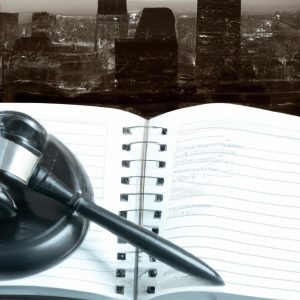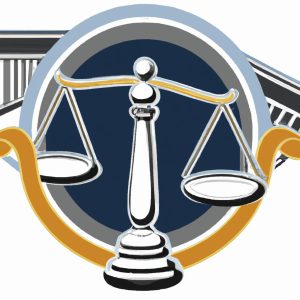Think New York State’s legal system is a maze only lawyers can navigate through? Consider this your inside access. At Morgan Legal Group, we have drawn upon our collective experiences to provide a comprehensive guide to courtroom procedures in New York. We’ll illuminate the seemingly complex courtroom protocols, making them straightforward for everyone to understand.
Introduction
Courtrooms can be intimidating places, especially if you are unfamiliar with their procedures. There’s often a lot of legal jargon, protocol to be observed, and complexities that can easily confuse anyone. This article will simplify these procedures, helping you better understand what goes on in New York’s courtrooms.
A Journey Through Courtroom Procedures
The Preliminary Conference
In New York, after all the parties involved in a case have made their initial court appearances, a preliminary conference is set up. This conference is essentially a meet up between the involved parties, their respective attorneys, and the judge handling the case. Here, a schedule for future proceedings, discovery dates, and case expectations are set.
Discovery
Following the preliminary conference, the next significant step is the discovery phase. This encompasses exchanging factual information, document production, depositions, and expert disclosures. Understanding how to fulfill discovery requirements and deadlines can mean the difference between winning and losing your case.
The Trial
If a settlement isn’t reached after discovery, the case proceeds to trial. In New York, during the phase before trial known as pretrial, several motions and applications may be made, such as motions for dismissal or summary judgment, which, if successful, might end the case.
Once at trial, the jury selection (also called voir dire), opening and closing statements, witness testimonies, presentation of evidence, and cross-examinations take place.
Understanding Courtroom Decorum
To successfully navigate New York courtrooms, it’s important to understand the decorum and rules of the house. These include:
-
- Dress appropriately: Business or conservative dress is generally expected.
-
- Speak clearly and respectfully: When addressing the court, speak clearly, slowly, and maintain a respectful tone at all times.
-
- Comply with court procedures: Always stand when the judge enters or leaves the room, and when addressing the court.
Practical Tips to Navigate New York Courtrooms
- Comply with court procedures: Always stand when the judge enters or leaves the room, and when addressing the court.
- Understand the courtroom layout: This includes knowing where the judge, jury, defendant, and plaintiff are located within the courtroom.
- Prepare ahead: Review your testimonies, questions, and evidence thoroughly before the court appearance.
- Arrive early: This gives you enough time to familiarize yourself with the environment and helps to minimize anxiety.
Conclusion
Navigating courtrooms and understanding their procedures need not be a mystifying experience. At Morgan Legal Group, we believe that power is gained by sharing knowledge. We hope this insider’s guide to New York courtroom procedures makes your legal journey less daunting and more achievable.







